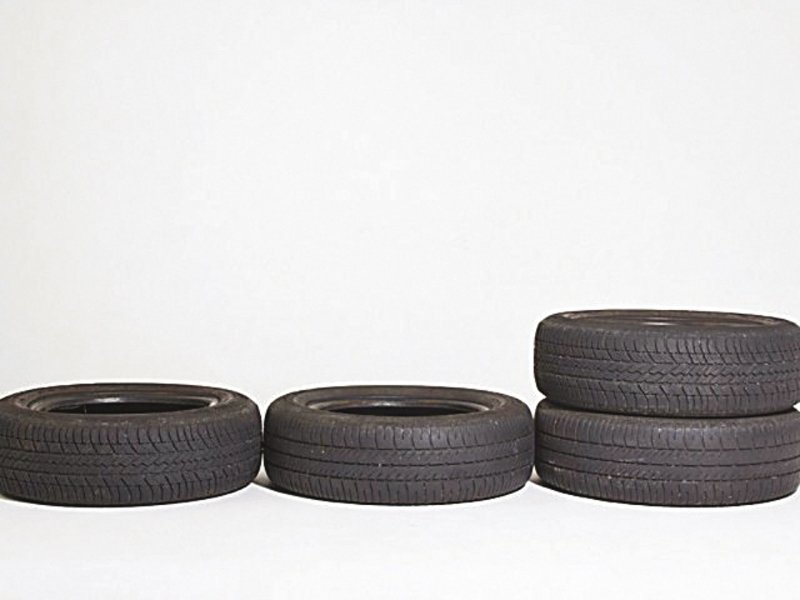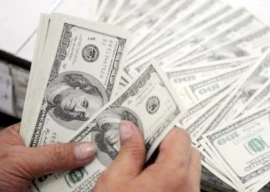
Air in big metropolitan cities such as Rawalpindi and Lahore is slowly thickening into a poisonous stew which, if left unchecked, could become lethal not only for young children and elderly but will also result in lower life expectancy rates as deaths from bronchitis and pneumonia will increase manifold. The single culprit behind this environmental apocalypse is cars and all other means of transport as it has been shown that vehicles contribute at least twice the emissions produced by industrial or agricultural activities. Many environmental experts have stressed the need for shifting to electric vehicles and hybrid vehicles, and strict implementation of emission regulations.
However, when researchers compared air quality with results of governmentmandated vehicle inspection programme, they learnt that emission regulations had no effect on air quality and was an exercise in futility. Another case in point is Beijing’s electric vehicle adoption drive since 2014. In 2013, the smog in Beijing was so bad that it resembled the Great Smog of London, and the city was fast becoming unlivable. Attributing most of the pollution to transport sector, it was then the government decided to embrace electric vehicles.
Shenzhen became the first city ever to electrify its public buses. Chinese government also started giving subsidies of up to $22,000 per car to EV car manufacturers in a bid to promote homegrown companies such as Nio through technology transfer from the West. At that time, Tesla had record sales in China and it was in 2018 that China offered Elon Musk massive subsidies, land and infrastructure to build a Tesla factory in Shanghai. Tesla could locally source lithium for batteries and sell locally assembled cars to its Chinese customers. However fast forward to 2023, the smog problem in Beijing has improved a lot but the Air Quality Index is still bad, and the administration is in the throes of the pollution situation.
It turns out that exhaust gases produced by burning fossil fuels in cars are not a major problem anymore. It is in fact cars’ rubber tyres that produce way more cancer-causing particulate matter (PM2.5) and contribute to smog. Tyres produce 20 times more particles than those released from tailpipes and for new cars, the number could be as high as 3,000. These ultrafine particles and microplastic often reach our organs as they get dissolved in blood stream and are carcinogenic in nature.
With population and car ownership continuing to rise, this smog problem will worsen. Ironically, replacing conventional cars with hybrid or electric vehicles may not help as due to increased weight of battery banks, they release way more particulate matter than petrol-run cars. Similarly, burning of tyres and their disposal is another big problem. Waste tyre pyrolysis is a high profit project but volatile organic carbon species, carbon monoxide and aerosols are emitted in the process. For example, a tyre pyrolysis unit near B-17 Islamabad has resulted in many residents falling sick and getting admitted to nearby Quaid-eAzam International Hospital. Learning lessons from history, we should be encouraging electric tram systems with steel wheels on steel rails instead of investing heavily in electric buses.
These trams should also pass through city centres while car parking in city centres should be discouraged through exorbitant parking fees. Instead of building more motorways, we should invest in magnetic levitation train systems. The whole car-based ecosystem must be discouraged for the sake of clearer skies and cleaner cities to live in.
THE WRITER IS A CAMBRIDGE GRADUATE AND IS WORKING AS A STRATEGY CONSULTANT

1672385156-0/Andrew-Tate-(1)1672385156-0-405x300.webp)
















COMMENTS
Comments are moderated and generally will be posted if they are on-topic and not abusive.
For more information, please see our Comments FAQ